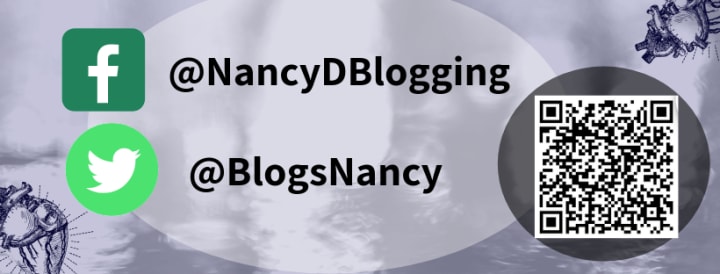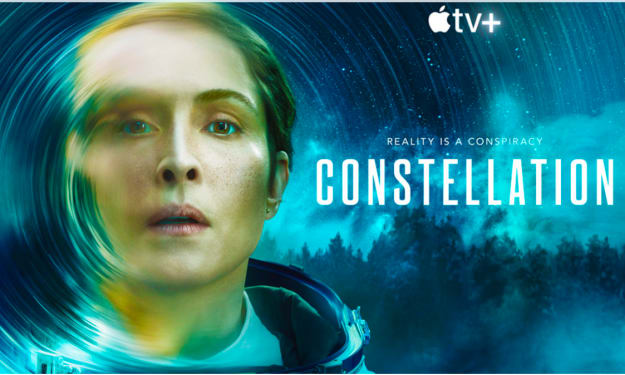
What is a Galaxy?
A galaxy is a collection of stars and star systems and other space material that occupies a distinct volume of space. Galaxies come in a variety of shapes and sizes. A galaxy is much bigger than a solar system, and much smaller the universe. In fact, there are billions of solar systems in a galaxy and billions of galaxies in the Universe.
The Hierarchy of Space:
Planets > Solar System > Galaxies Clusters > Universe
The Milky Way Galaxy
The Galaxy we live in is called the Milky Way Galaxy. It is in a group that is known as the Local Group. Our home galaxy contains about 100 billion stars. All of the starts we see from Earth are in the Milky Way Galaxy. However, we can see a few galaxies with our naked eye and binoculars.
The beauty of Galaxies
When viewed from Earth with the naked eye, the dot of light that is a galaxy is not larger than a typical star. In fact, there are few galaxies that can be viewed with just the naked eye. But, when viewed through a good telescope, their wondrous shapes become visible—when seen through the eyes of some of the world's largest telescopes, and from the Hubble Space Telescope.
Take a look at some of these breathtaking pictures that have been taken by the Hubble Space Telescope.

The space clouds are a collection of dusts and gas. The same dusts and clouds will one day... eventually... make a new star.
Galaxy Clusters
There are collections of galaxies sometimes known as 'galaxy groups' or 'galaxy clusters'. An example of a galaxy cluster is The Virgo Cluster of galaxies.
The Virgo Cluster of galaxies.

photo credit: Rogelio Bernal Andreo
The two photographs above show the Virgo Cluster of galaxies. The photo on the right has the names of some of these galaxies highlighted.

photo credit: Rogelio Bernal Andreo
When looking at such a cluster I can't help but realize that there are thousands of galaxies. In every galaxy there are billions of stars. To look at the sky, and try to imagine how much is out there, and how small we are compared to it... it makes my personal problems not seem as much of a big deal... but in a good way.

Hello. Nice to meet you! How are you? Hmm... this feels like a really one-sided conversation... why don't you follow me on social media so I can get to know you too!
About the Author
I started blogging about two years ago, and my collection of blogs and articles is getting pretty impressive. I’ve taken online classes for writing, and even some classes about the art of blogging itself. It would be really awesome if you join the adventure and maybe even help me think of what to write about next. If you would like to submit some feedback or ideas, you can always tweet me on twitter.
Like the story? Share it!
Thank you for reading my article. Would it be okay if I ask another favour though? Would it be okay if you share this on your Facebook page or Twitter? If you can't share, there is a tiny little donate box at the bottom too. No pressure though, just thought I would mention it.
Work Cited
Garner, Rob. “About the Hubble Space Telescope.” NASA, NASA, 27 Jan. 2015, website.
Thompson, Amy, and Chase Clark. “Hubble's Top 100 Images.” RocketSTEM, 9 Aug. 2019, website.
About the Creator
Nancy D
Facebook @NancyDBlogging
Twitter @BlogsNancy






Comments
There are no comments for this story
Be the first to respond and start the conversation.